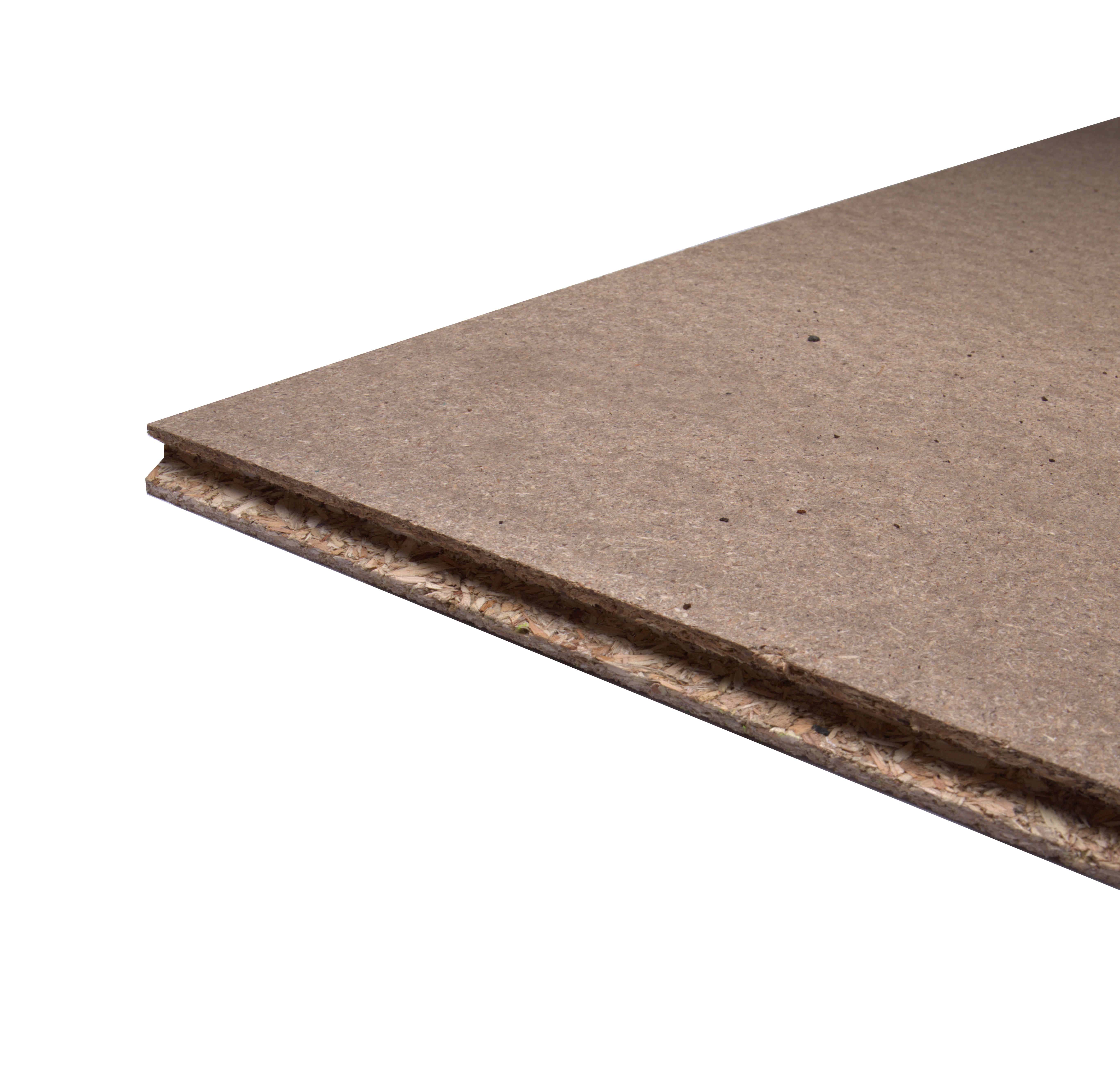The UK's #1 Building Materials Marketplace
Your online store for building materials
Looking for a one-stop shop for all your building needs? Look no further than Materials Market.
We sell everything you need to get the job done - from timber and sheet materials to insulation and drylining - right down to the accessories you can't do without.
Here at Materials Market, we understand the challenges of construction projects – and we believe a tough job shouldn't be made harder by having to wait around for quotes and long delivery times.
Be it a one-off home improvement job or a regular heavy-side requirement, join our thousands of happy customers to enjoy the many benefits of ordering from Materials Market. With speedy delivery and a huge range of building supplies to assist you in any project, when you buy from us you can rest assured that you'll be getting reliable building products from trusted brands at great prices.
We're all about efficiency: with our online platform and great customer service team, Materials Market offers a seamless buying experience to both Trade and DIY customers. Lead times are short, meaning you can crack on without any costly waiting around.
Take a look through our popular categories or use the handy search function to quickly discover all the tools and building materials you could possibly need.






.jpg)
.jpg)
.jpg)
.jpg)
.jpg)
.jpg)


